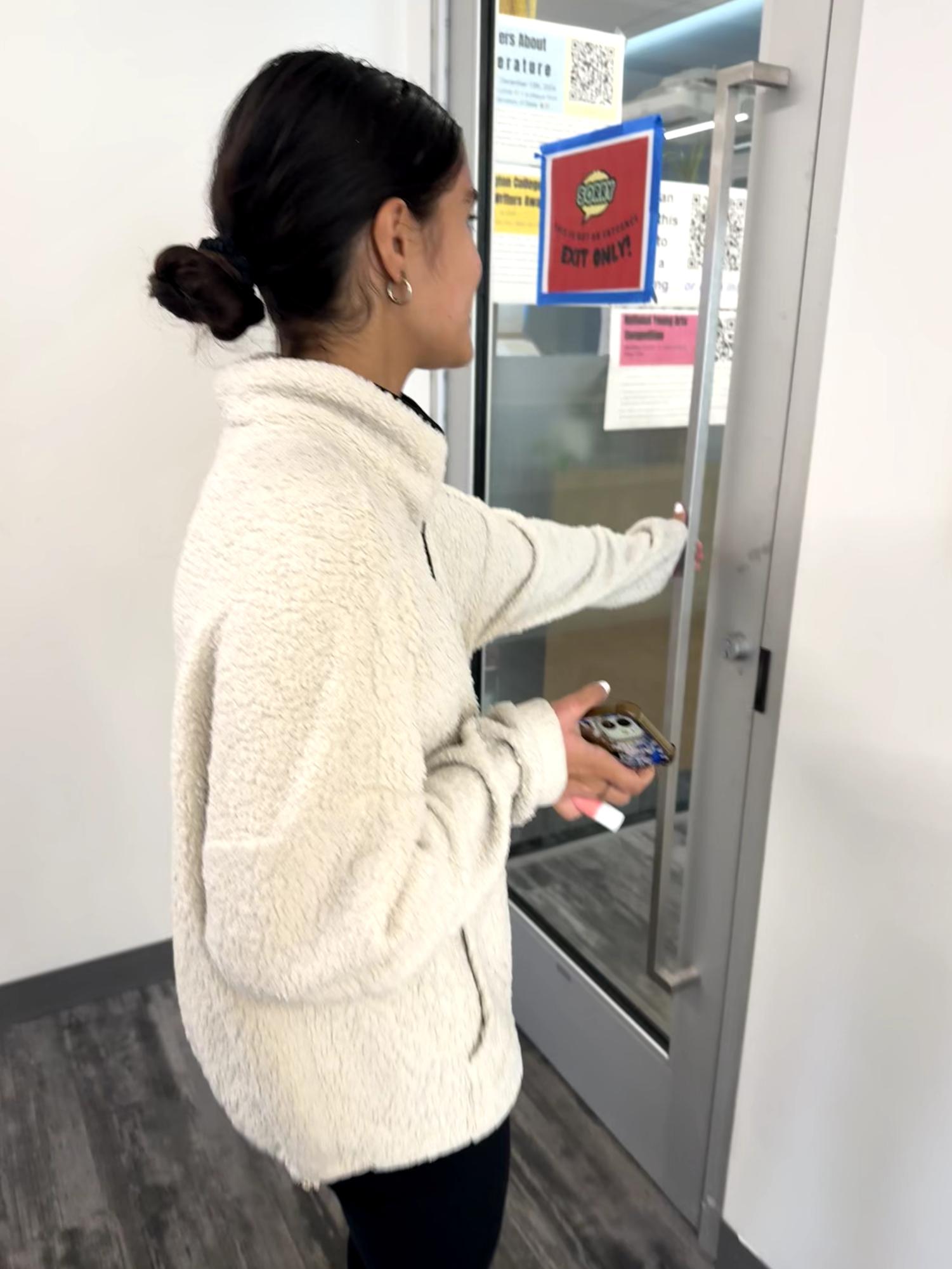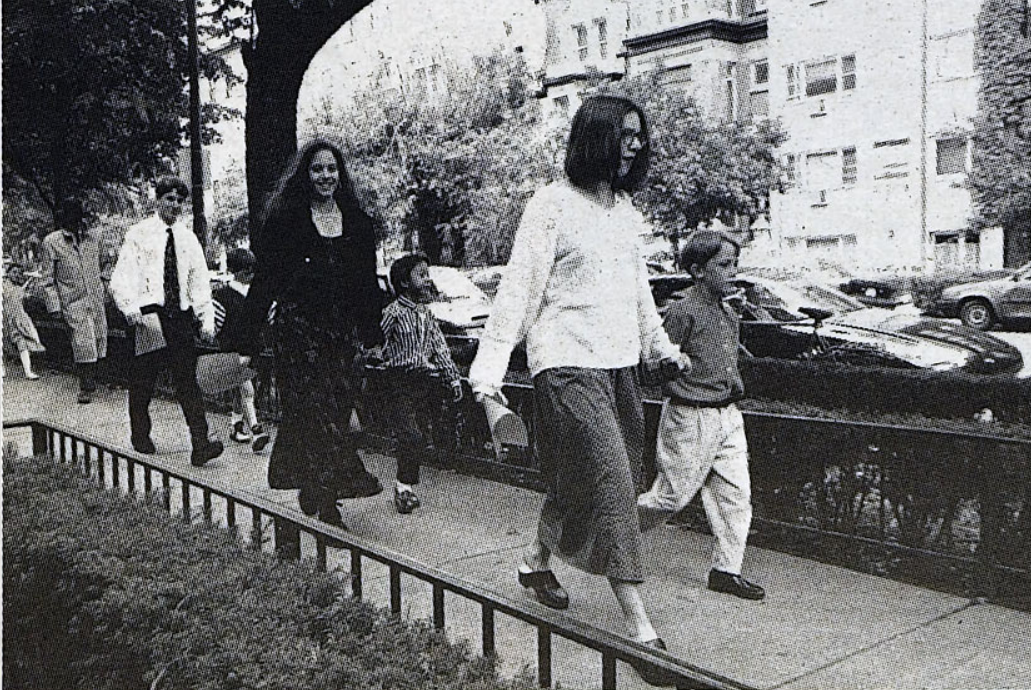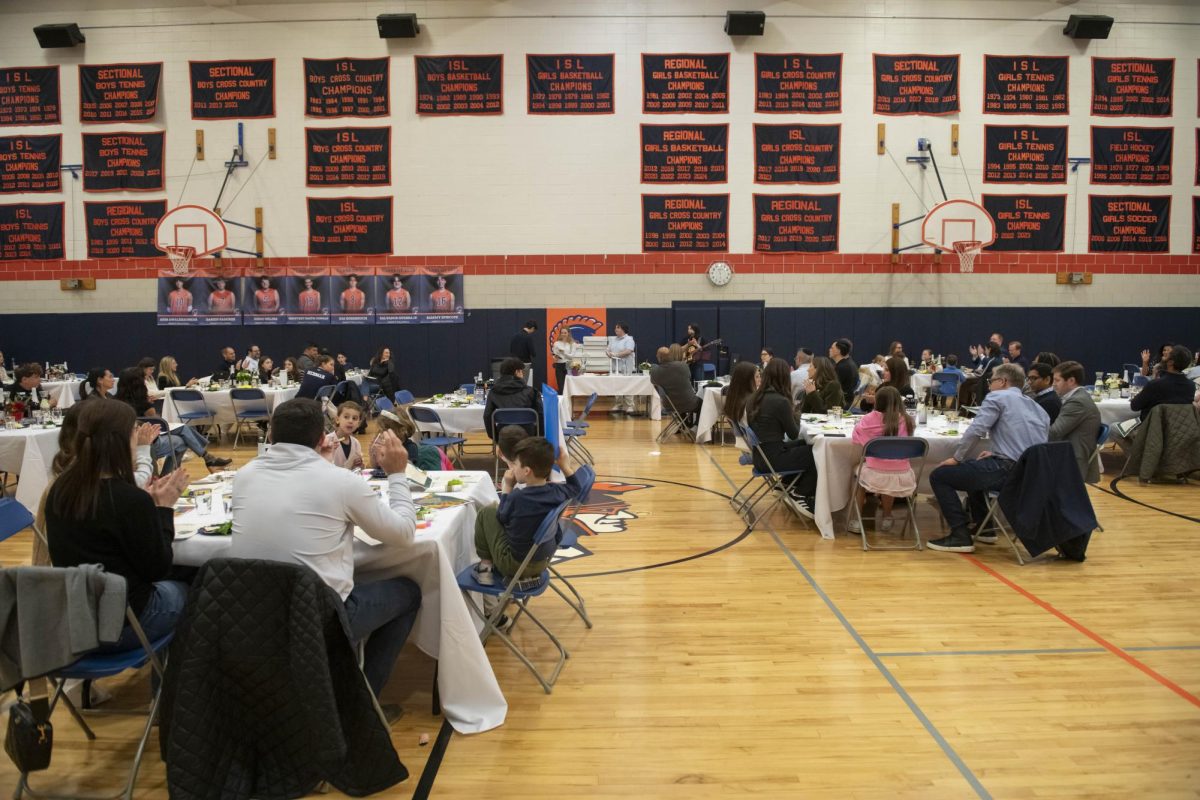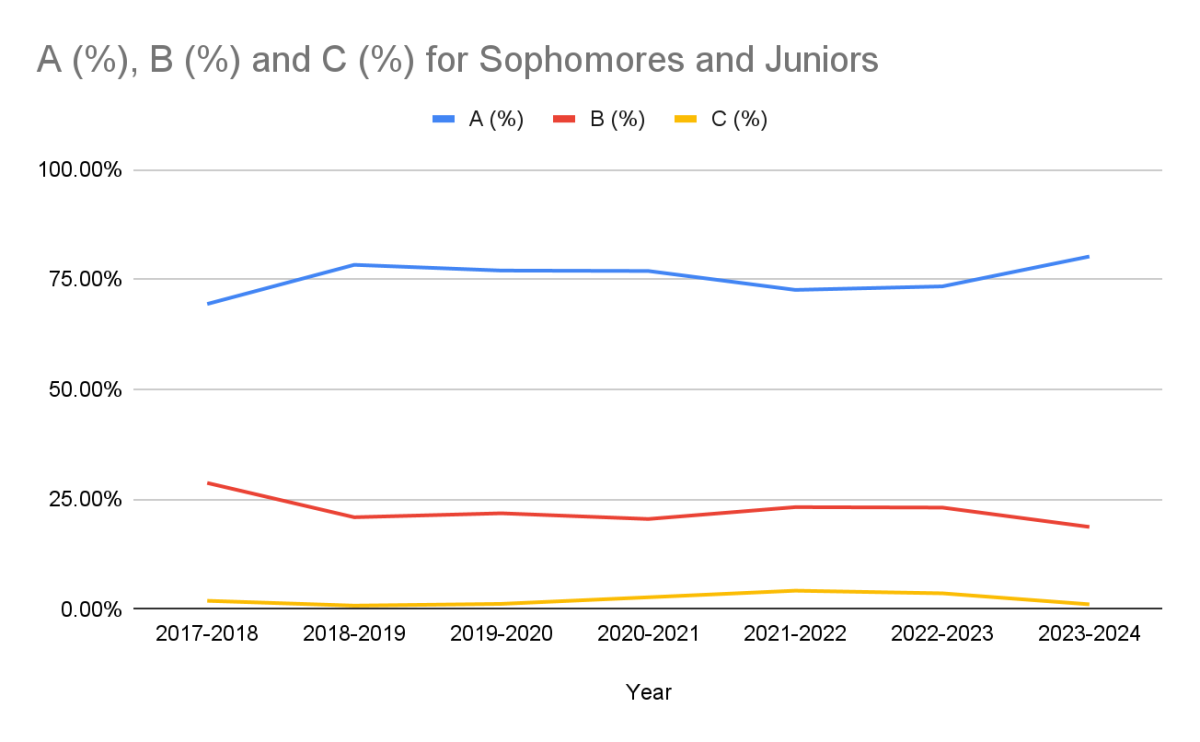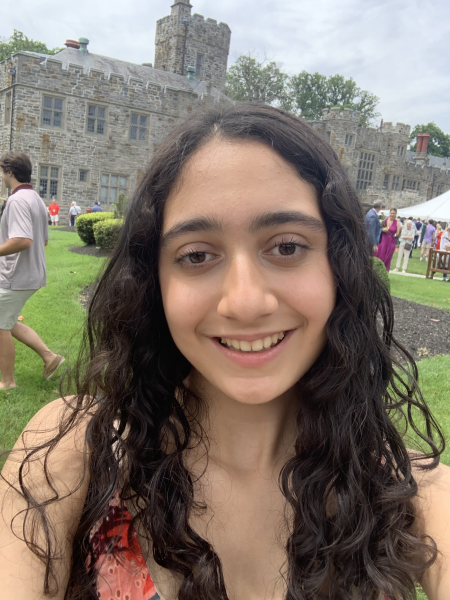A surge of injured students continues to hobble into school with crutches and walking boots, reviving an old debate over the Upper School building’s lack of accessibility.
Latin has tried to make the Upper School building compliant with the Americans with Disabilities Act (ADA), with elevators, ramps, and doorways fit for wheelchairs. However, despite these efforts, injured students still face more challenges navigating Latin than their peers.
Senior Katie McDermott’s experience highlights these difficulties. After tearing her ACL during softball practice last year and suffering a rare complication where her knee cap split in half, she spent the rest of the school year navigating Latin in a wheelchair.
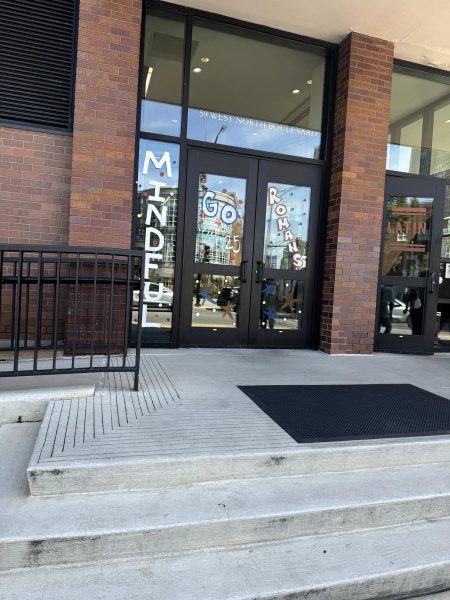
“Everything in this building that has accommodations is hidden,” Katie said. “For example, in the Learning Commons, there are stairs, but there’s also a ramp, but you have to go around a bunch of stuff [to get to it].”
The placement of Latin’s accessibility features makes them easily overlooked, which raises questions about their effectiveness.
This challenge is partly caused by the age of Latin’s Upper School building.
“Certain areas of our building are grandfathered under older city policies, which limits what can be addressed without triggering more extensive renovations,” Director of Operations Chanel King said. “These renovations would require significant resources and planning beyond our current capacity.”
Certain school rules have also contributed to Latin’s inaccessibility, including the locked door in the quiet area of the Learning Commons.
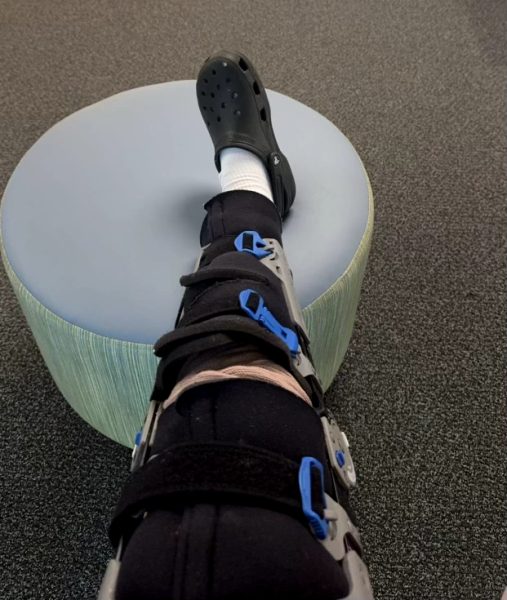
“There could be a lot of simple things like that door from the library to the kiosk,” Katie said. “That being open could save someone who is physically disabled or injured like 10 minutes.”
While some school rules create barriers for injured students, Latin does try to accommodate injured students with elevator passes, leniency around tardies, and access to Athletic Trainer Jessie Heider.
Junior Elena Tognarelli said that after she sprained her ankle “Jessie was always there to help us, and it was super easy for me to go and see her during school.”
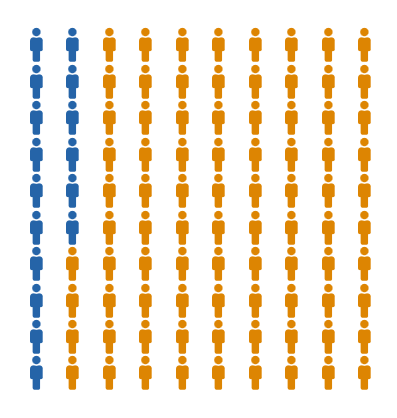
With 84% of Upper School students participating in sports in at least one athletic season, sports injuries are not an anomaly.
Junior Thomas McLaughlin reflected on his own experience with a fractured ankle earlier this school year while also acknowledging the greater challenges often faced by students with more debilitating physical impairments.
“I would find a way to make [Latin] more accessible for wheelchair students because [being injured] wasn’t horrible for me because I could stand, but for people who can’t, it’d be hard to get through every day,” he said.
Unfortunately, the lack of awareness around more disabling conditions at Latin often carries some stigma.
“There were kids who thought I was faking being in a wheelchair,” Katie said. “They said something to me like, ‘Can you pop a wheelie’ or things like that that you don’t ask somebody in a wheelchair.”
Teachers on occasion also have exhibited a lack of empathy and awareness.
“Sometimes [teachers] just leave people with injuries or disabilities out of the picture instead of finding an alternate assignment if something involves a bunch of walking,” Katie said.
She added, “Accommodations are supposed to [include us] to the furthest extent.”
In addition to destigmatizing students’ experiences, the ongoing lack of proper accommodations for injured students in both classrooms and physical spaces at Latin highlights the need for more inclusive practices.
Katie said, “I have sympathy for [Latin students] because they have probably never gone to school with someone in a wheelchair or someone who has a physical disability, as Latin is so inaccessible.”



